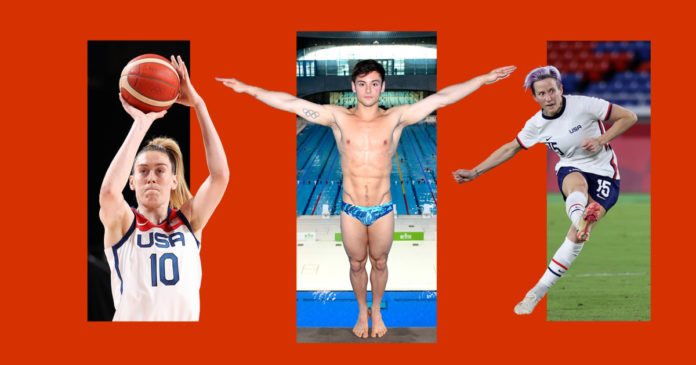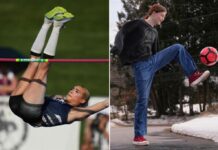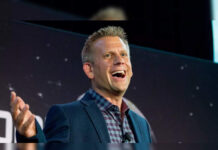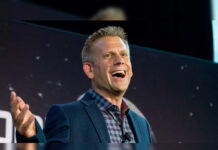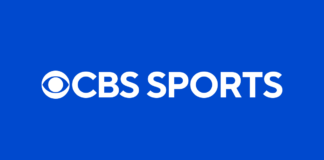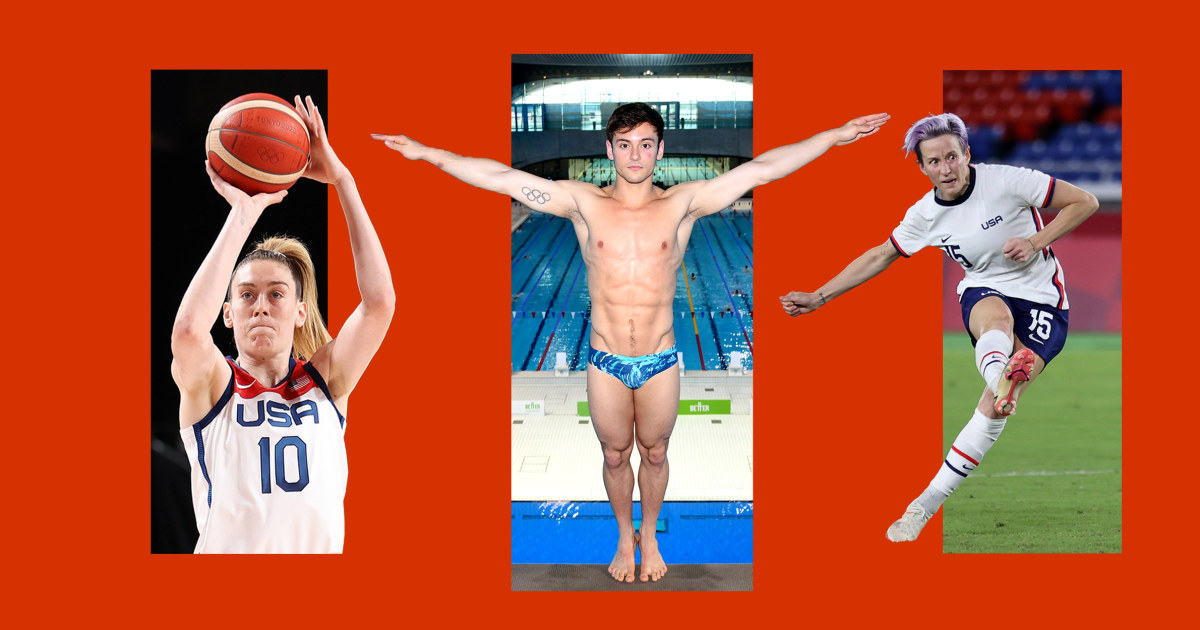
U.S. soccer star Megan Rapinoe has signed deals with Nike, Samsung, Visa and a slew of other big-name brands. Gold medal-winning British diver Tom Daley is endorsed by Adidas. And U.S. basketball player Breanna Stewart inked a deal with Puma for her own signature shoe.
They are among the record number of openly LGBTQ elite athletes competing in the Tokyo Olympics — at least 180, according to Outsports’ latest count — and they are also among those who have snagged a piece of the estimated $60 billion sports sponsorship market.
“There has been a clear and unequivocal embrace by corporate American and sports leagues of the community,” Cyd Zeigler, co-founder of the LGBTQ sports site Outsports.com, told NBC News.
In fact, being gay might even be an edge for athletes seeking endorsements from companies looking to appeal to younger consumers.
But endorsements have not always been so lucrative, or even available, to out athletes, who historically experienced discrimination on the basis of their sexual and gender identities — and hurdles still exist for athletes in lesser-known sports, particularly women and transgender competitors.
‘A lot of glass ceilings’
The marketability of athletes like Rapinoe, Daley and Stewart is a sea change from just a few decades ago.
In the 1980s, LGBTQ athletes risked losing endorsements if they disclosed their sexualities, according to Eric Anderson, professor of health and well-being at England’s University of Winchester.
The two most best-known examples are tennis superstars Billie Jean King and Martina Navratilova, who were both outed by the media in 1981 and subsequently lost sponsorships and endorsements.
“They had a lot of glass ceilings,” Bob Witeck, president of Witeck Communications, a firm specializing in LGBTQ marketing, said. “Can you imagine someone at Martina’s level of excellence lacking endorsements if he were a man and straight?”
A 1994 article in The Seattle Times called being openly gay the “kiss of death” for athletic endorsements. That year, the American Olympic swimmer and four-time gold medal champion Greg Louganis came out as gay. He never received big endorsements, though he did have a deal with Speedo.
In a 2015 interview with Plus magazine, Louganis, who disclosed his HIV status in 1995, was asked whether a gay athlete could finally get “big endorsement deals.” He said, “I think the corporate world is getting there, just as the rest of this country.”
Indeed, the landscape began to shift for LGBTQ athletes in the 1990s with an overall decline in homophobia in the United States, Anderson said. Gallup polls show steady increases in levels of acceptance of lesbians and gay men in the U.S. during that decade.
By the end of the ʼ90s, Anderson said, “No large major corporation would withdraw their support, because the backlash of that would be greater than the backlash of sponsoring a gay athlete.”
In the 1990s and 2000s, more athletes became open about their sexuality, a key factor in the slow increase in LGBTQ athlete endorsements, Witeck said.
Change, however, was slow. The equestrian Robert Dover became the first publicly out athlete at the Seoul Olympics in 1988, and even by 2008, there were only 11 openly LGBTQ athletes at the Summer Games, according to Zeigler.
One of those 11, the Australian diver Matthew Mitcham, became the first openly gay athlete to win a gold medal, and he landed his first big endorsement six months after the 2008 Games in Beijing.
‘Sexual orientation is a differentiator … ’
LGBTQ athletes can make a brand feel authentic and relevant in a way that an endorsement of a heterosexual athlete may not, according to Witeck.
“Sexual orientation is a differentiator that makes the brand popular with younger generations in ways they could have never imagined before,” Witeck said. “It suggests the company and the brand are welcoming, inclusive and reflect the generation of today.”
The skier Gus Kenworthy, who won a silver medal at the 2014 Sochi Games, waited until after he medaled to come out as gay. While he reportedly worried about what coming out would mean for sponsorships, he became more popular — and more marketable — after doing so, signing deals with Visa, Toyota and Ralph Lauren.
At the 2018 PyeongChang Games, Kenworthy and Adam Rippon became the first openly LGBTQ athletes at a Winter Olympics. Zeigler said Kenworthy was the Olympian “with the most endorsement deals” in 2018, though NBC News was not able to independently confirm that.
This Olympics, British diver Tom Daley, who with Matty Lee won the gold in the men’s 10-meter platform synchronized dive, is sure to land major endorsements, Witeck and Anderson agreed.
“Tom Daley already has celebrity status, and that has been cemented with a gold medal. There are already opportunities for him,” Witeck said.
Barriers and hierarchies
Despite lucrative deals for an increasing number of LGBTQ athletes, their endorsements pale in comparison to some all-time Olympic earners. Jamaican sprinter Usain Bolt, who won eight Olympic medals between 2004 and 2016, brought in $30 million in endorsements in 2016, according to Forbes.
Endorsements can make some athletes rich, but for most athletes, endorsements and sponsorships are necessary just to afford the equipment and access to training they need just to keep competing, Anderson said.
And not all athletes are able to cash in. Anderson said endorsements remain influenced by two factors: the sport and the athlete’s gender.
“If you are an NFL player, you are going to have bigger opportunities than a squash player, and if you are a male player, you’re going to have bigger opportunities than women,” Anderson said. “Women don’t get as many endorsements unless they are a really big name in a really big sport.”
Transgender athletes may also face hurdles to securing big endorsements.
The Tokyo Games are also the first to feature openly transgender athletes, even though trans competitors have been permitted to compete in the Olympics since 2004.
“Trans athletes at the highest level of sport are incredibly rare,” Anderson said. In a recent study he conducted of more than 1,000 LGBTQ high school and collegiate athletes, only 30 identified as transgender.
Among those competing in this year’s games are New Zealand weightlifter Laurel Hubbard, who failed to medal Monday in her singular event, and the Canadian soccer player Quinn, who goes by one name and uses gender-neutral pronouns. After Canada’s stunning upset of the U.S. Women’s National Team on Monday, Quinn is guaranteed to win either a silver or a gold medal following the championship game against Sweden on Friday.
Quinn is a “Nike athlete,” according to their Twitter bio.
Obstacles persist for trans athletes to make it to high-level competitions like the Olympics. In the U.S., numerous states have introduced legislation that attempts to limit or prohibit the participation of transgender girls in high school and college sports.
“We are facing battles in state after state about whether transgender athletes can qualify,” Witeck said. “The barriers to them being permitted free and equal competition is where we stand at the moment.”

